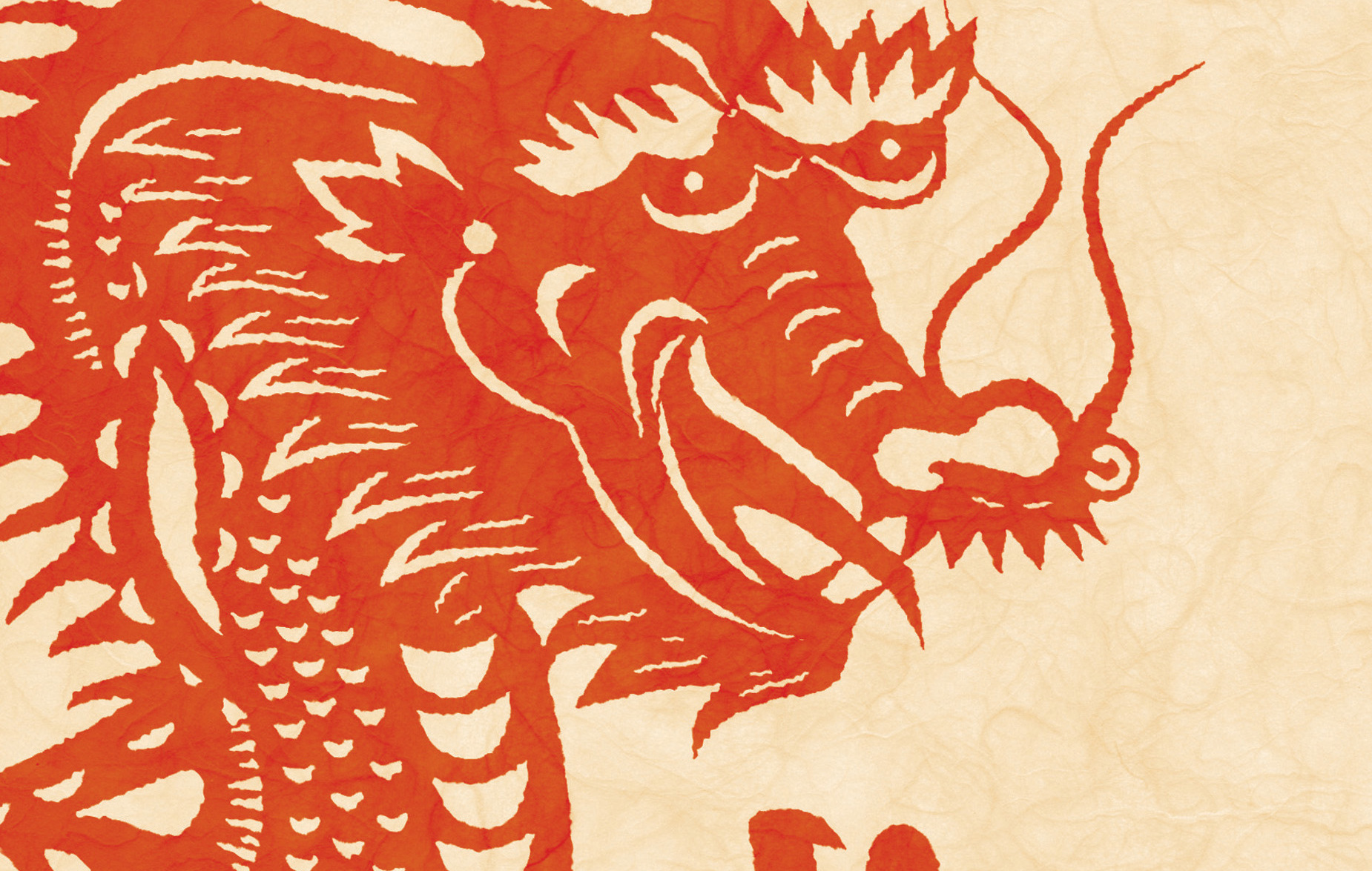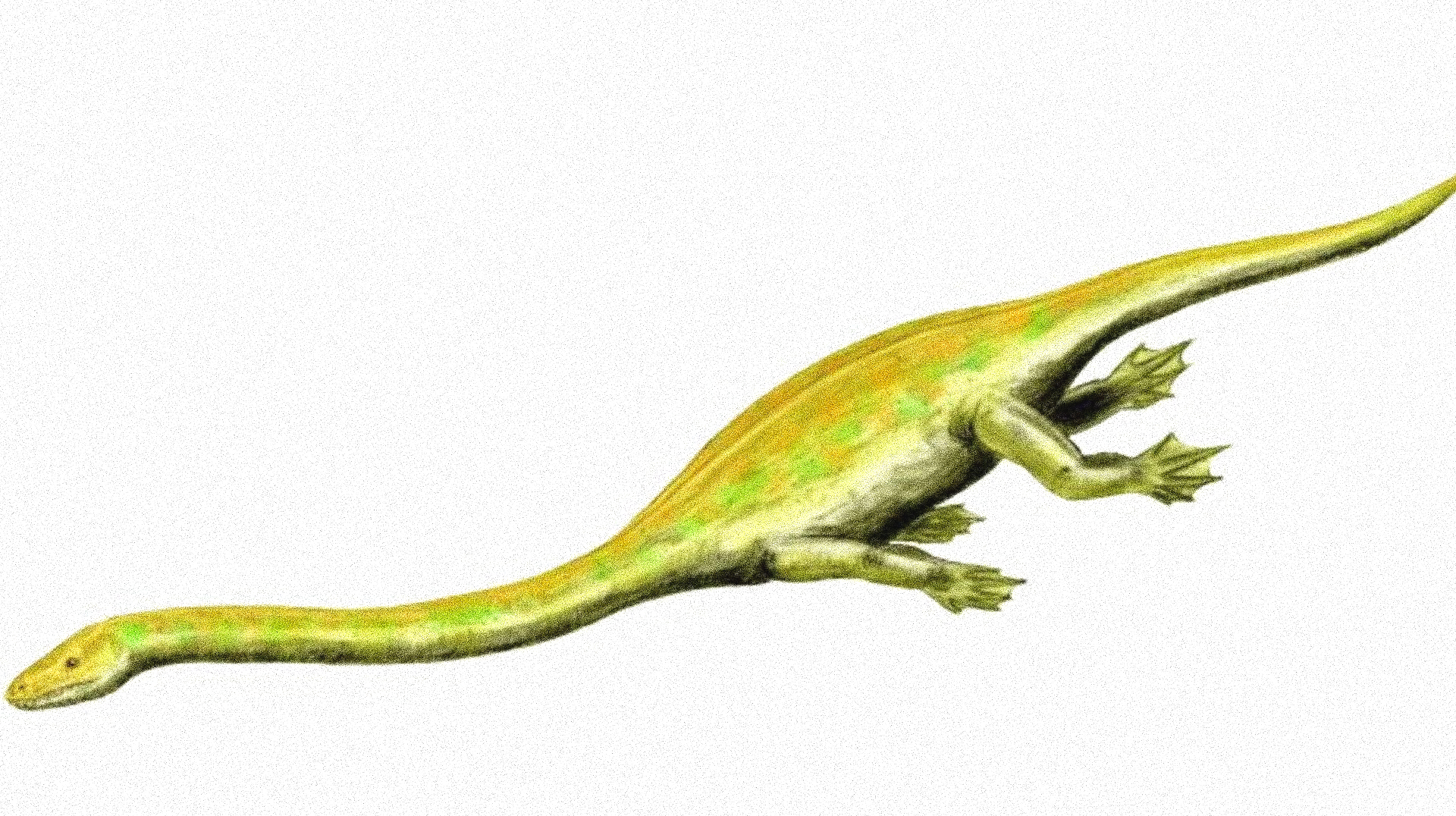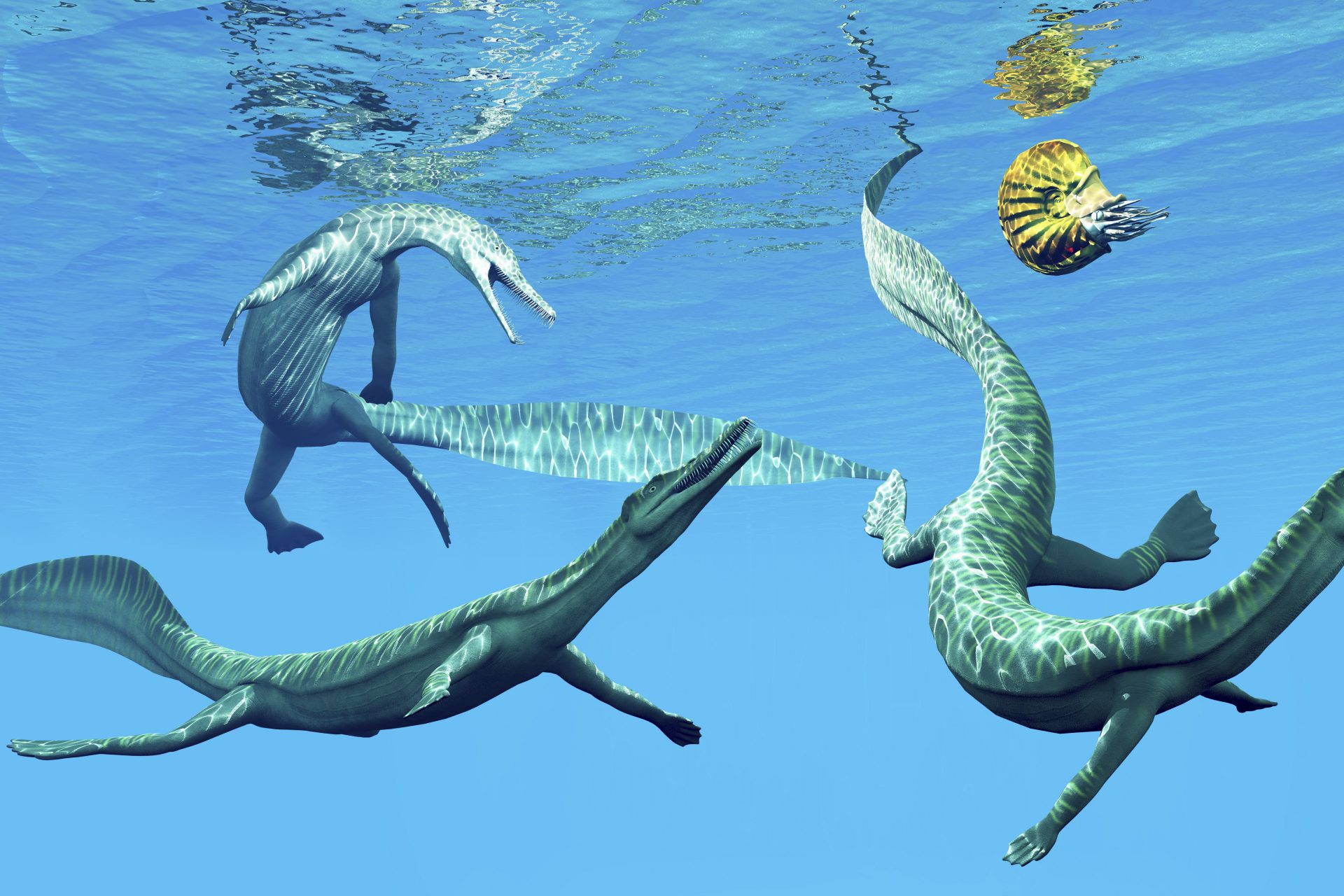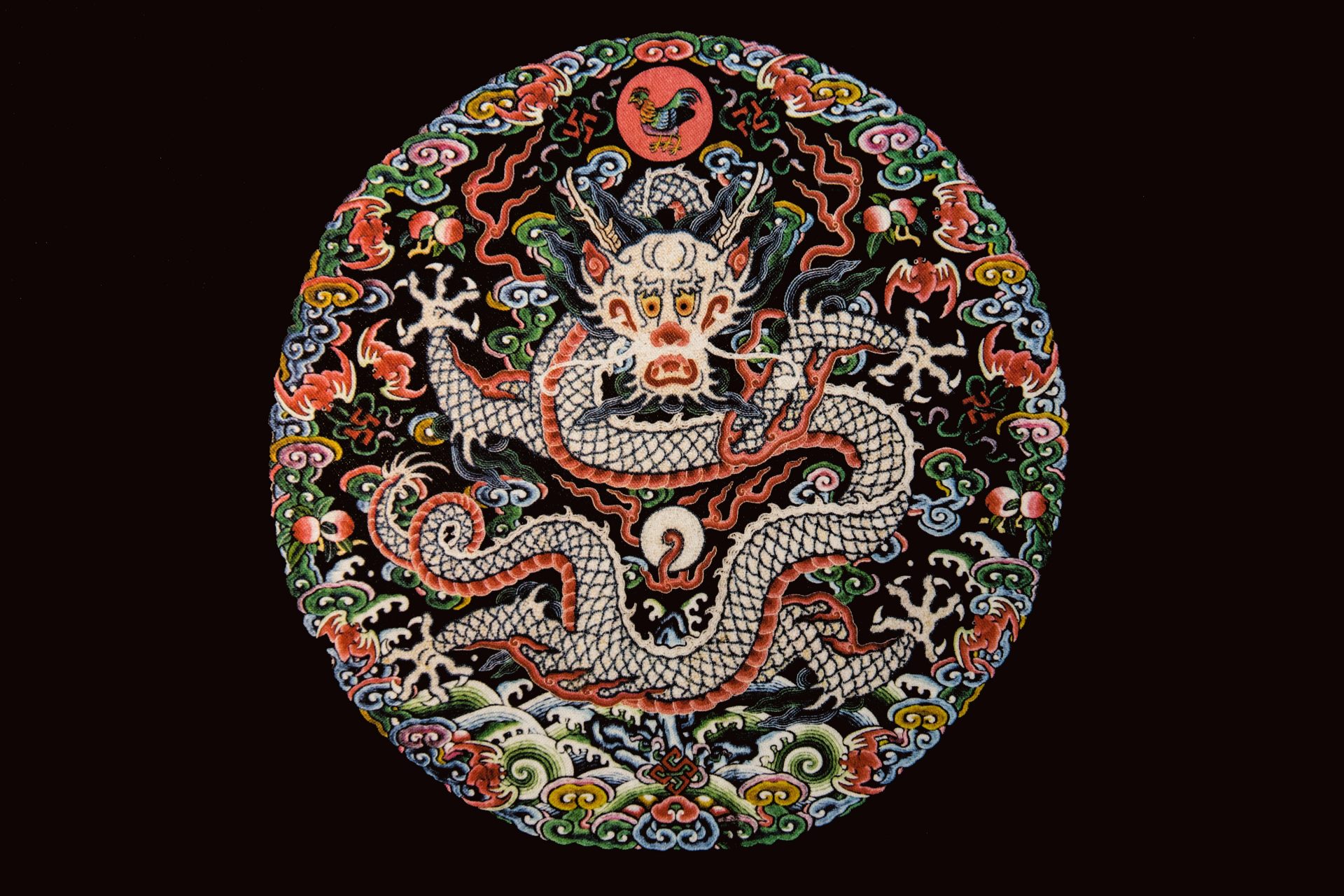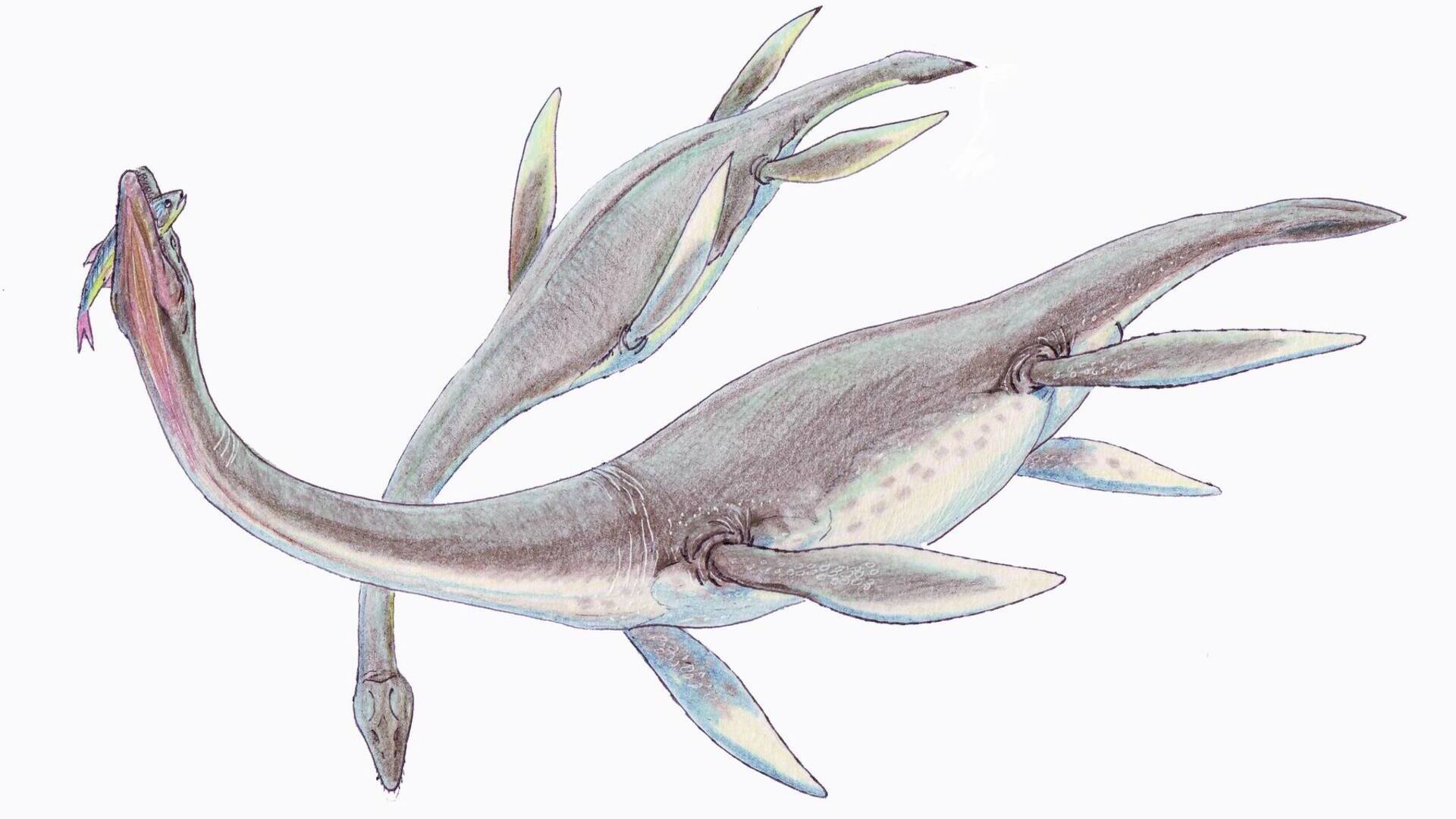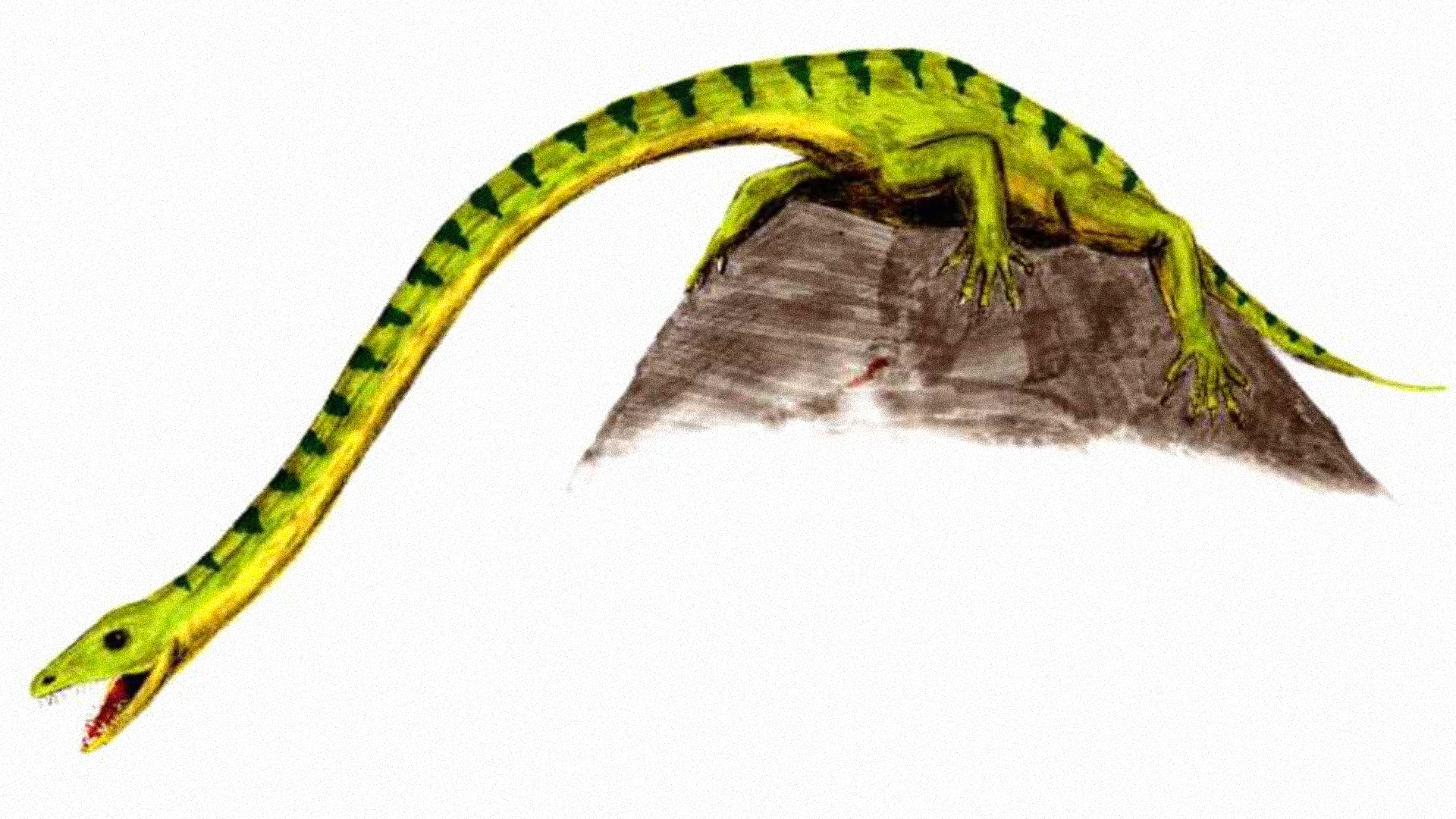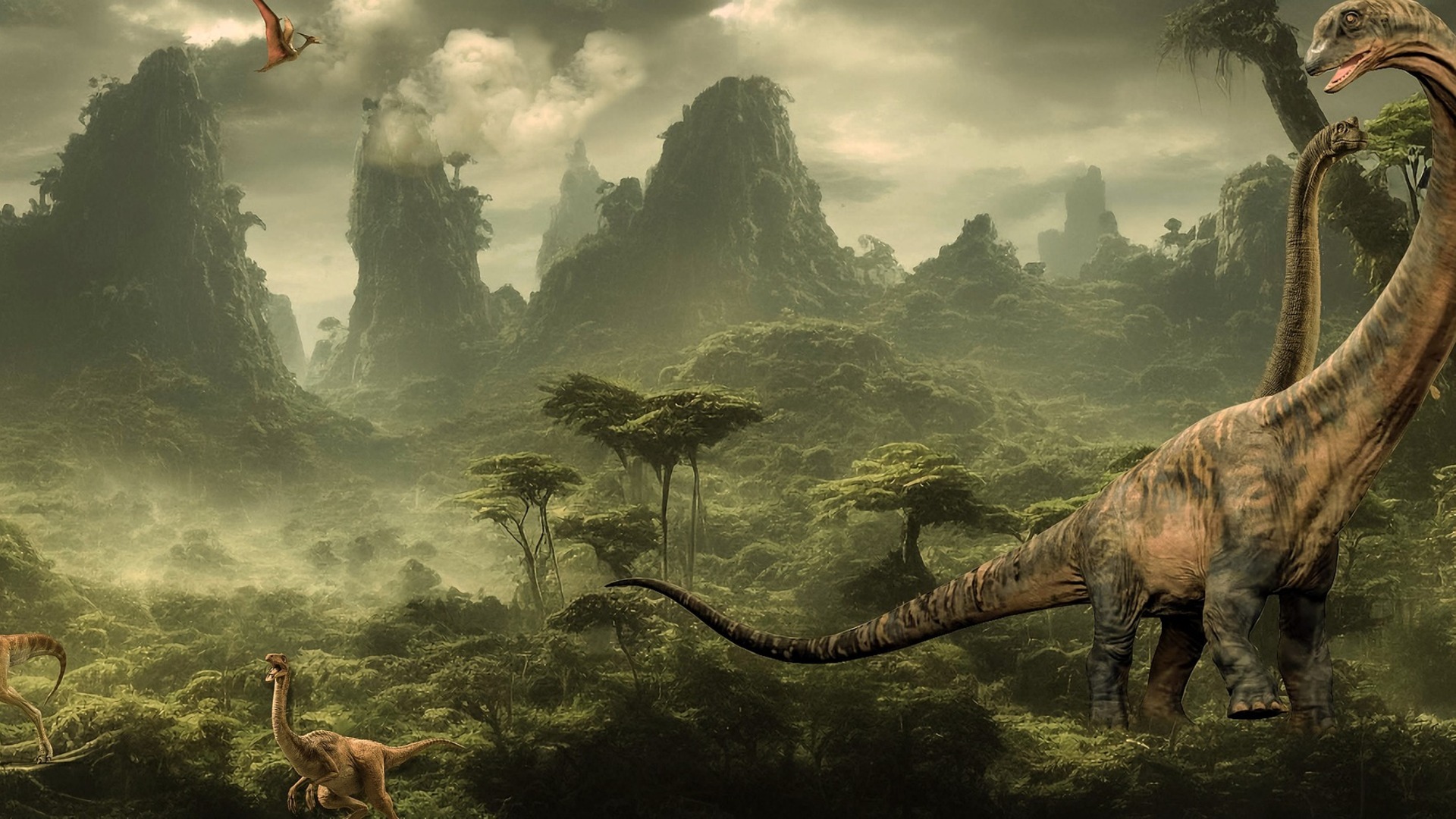Here Be Dragons! Chinese archeologists make a legendary discovery
It might sound like something out of the pages of a fantasy book, but it's very real: archeologists in China have found the remains of a prehistoric creature that they have labeled as “dragon-like”.
The fossil remains, according to the BBC, were found in southern China in 2003. However, the analysis and reconstruction took paleontologists several years and was only made public in February 2024. This rare aquatic dinosaur possesses the scientific name of Dinocephalosaurus Orientalis.
Image: Joshua Sortino / Unsplash
This new prehistoric specimen belongs is part of the family of aquatic saurians known as Dinocephalosaurus, researchers found characteristics that sets it apart from other in the same category.
Image: By Nobu Tamura (http://spinops.blogspot.com) - Own work, CC BY 2.5, https://commons.wikimedia.org/w/index.php?curid=19459630
We are talking about an aquatic creature that lived 240 million years ago, as reported by People. It is characterized by a very long neck that, of course, makes it similar to classical dragons from Chinese mythology.
According to the BBC Nick Fraser, who is part of the research team and head of the Department of Natural Sciences at the National Museums of Scotland, the appearance of this new prehistoric reptile “was reminiscent of the mythical Chinese dragon, long and shaped like a snake”.
Image: Raimond Klavins / Unsplash
Researchers describe this newly discovered Triassic creature as having a very long neck, with up to 32 vertebrae, which resembles both a real-like snake and a mythological dragon.
In fact, you could make the case that our dino friend has something of a passing resemblance to the mythical Loch Ness monster.
But scientists argued that, if Nessie was real, she would resemble a different type of saurian, namely, a plesiosaur.
Image: By Dmitry Bogdanov - [email protected], CC BY-SA 3.0, https://commons.wikimedia.org/w/index.php?curid=3432089
According to experts, the Dinocephalosaurus Orientalis would not be able to live in lakes or in any type of freshwater. Its habitat would be the seas of China.
Image: Christian Lue / Unsplash
Scientists believe that this Dinocephalosaurus orientalis would be related to the Tanystropheus hydroides (pictured) that lived in areas of what today is Europe and Asia.
Image: ArthurWeasley - Own work, CC BY 2.5, https://commons.wikimedia.org/w/index.php?curid=19459668
Although humans never lived with these creatures, many believe that dinosaur bones found by earlier humans could have been the origin of the dragon from fantasy and mythology.
Image: Pixabay
Scientists didn't find an actual dragon. However, this discovery shows us that there are many things we don't know about extinct animals. Who knows what will surprise us afterward?
More for you
Top Stories



